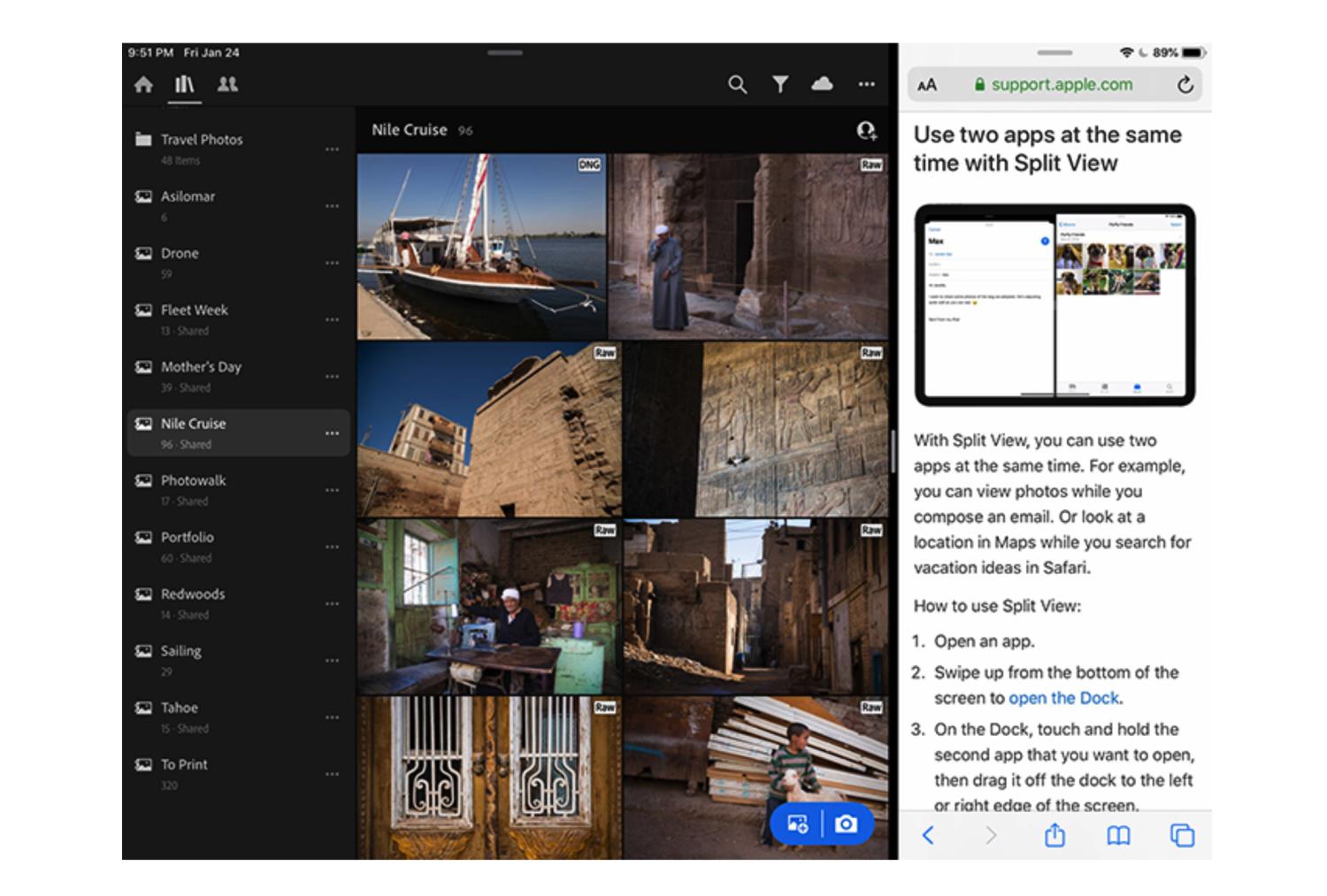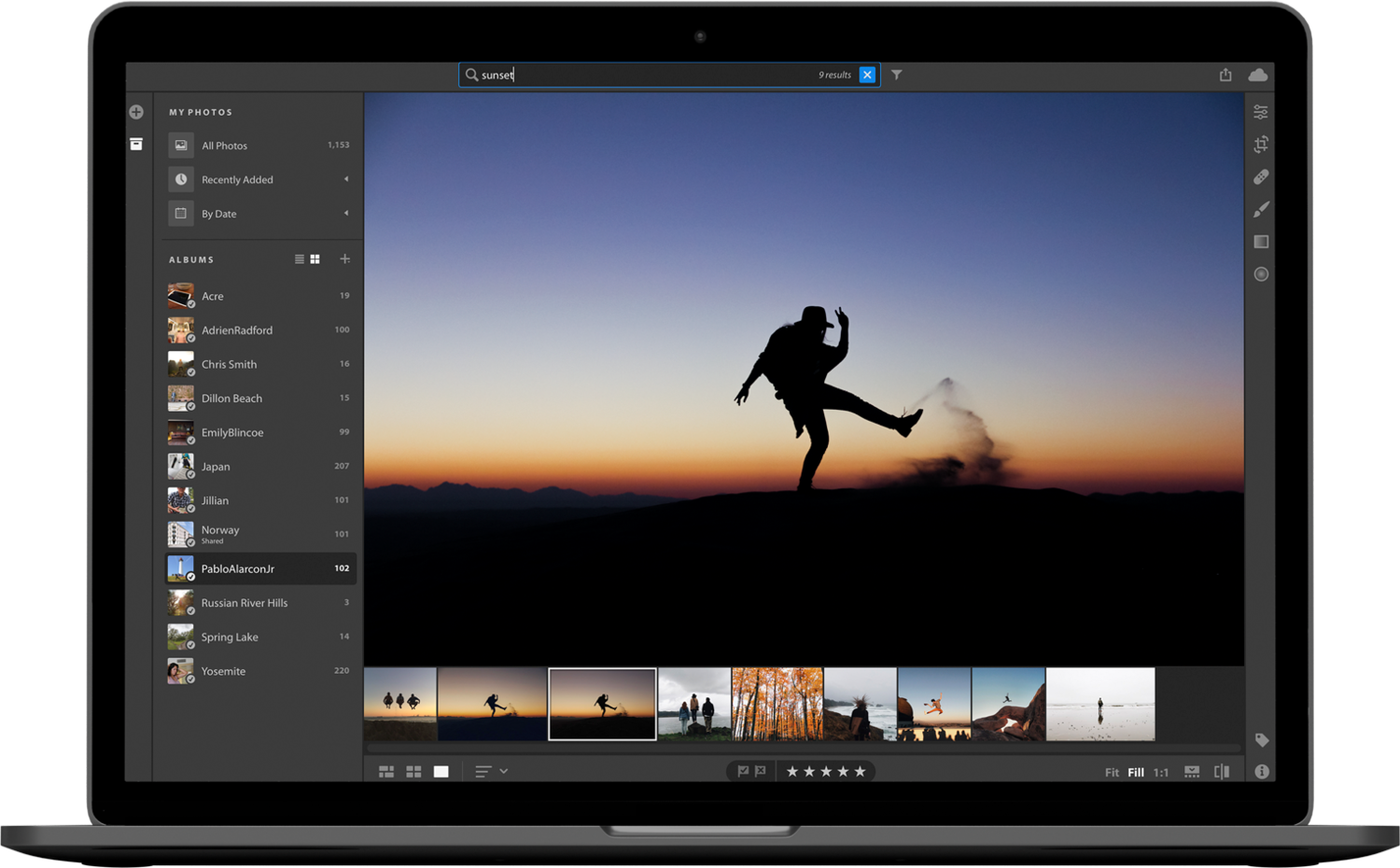
From there, everything pretty much went downhill – Lightroom 3.6 slowed down to 27 minutes, while Lightroom 4.4 onward slowed the process down significantly, adding a lot more time to the process. In version 2.7, Lightroom was able to build previews for 823 images very quickly, averaging around 21 minutes. Take a look at the second column, which represents the generation of 1:1 previews. However, the key difference in performance is NOT the import time. From there, the import time stayed roughly the same, with the latest 6.6.1 / CC 2015.6.1 release slowing down slightly, most likely due to added complexity of Lightroom catalog structure and added features. Lightroom 3.6 was a bit better in that regard, but the real performance improvement for importing images into a catalog was introduced in Lightroom 4, which cut the import time in half when compared to LR 2. Lightroom 2.7 was quite slow when adding images to a catalog, averaging around 35 seconds when importing 823 images.

Images were exported in down-sampled resolution of 2048 pixels longĪs you can see, the results of my research are quite interesting. Let’s now take a look at the numbers and see how the different builds compare in terms of performance: Lightroom Version I repeated everything 3 times and averaged out the numbers for the table you see below. I used my phone’s timer to see how long the first and the second process would take. Images were extracted in smaller resolution, 2048 pixels long, with JPEG quality set to 100% and export sharpening set to “Screen” and “High”. During the import process, I set up the import dialog to add images into a brand new catalog for each release, then start the process of building 1:1 previews right after the import is complete: Nostalgia: Lightroom 2 Import Dialogįor the export process, I only exported a total of 250 images, since it was enough of a sample to test the length of the process. Images were mixed from different cameras such as Nikon D800, D4 and Df. This way, I did not have to worry about using cameras that are compatible with Lightroom 2. So how do we test this and compare the results? Due to potential camera compatibility issues, I converted a total of 823 images from their native RAW format to Adobe’s DNG format from my 2012 Lightroom catalog. With each new release, Adobe promises better stability and performance improvements. What I decided to do, is see how fast each version of Lightroom imports images, generates 1:1 previews and exports images.

The results are quite interesting to say the least!

Adobe lightroom versions windows 10#
So what do you do when you have all these versions of the software? Well, I installed them all on my Windows 10 PC and decided to give them all a try and see how much Adobe has been improving the performance of the software over the years. The big release was Lightroom 6 (CC 2015), which is the most current version, the latest release being Lightroom 6.6.1, or Lightroom CC 2015.6.1 if you use the cloud version of the software. From there, Lightroom CC 2014 was rolled out, which was equivalent to version 5.4 of LR standalone. With the release of LR 5, Adobe introduced Lightroom CC, which was the first cloud version of Lightroom. From there, it was Lightroom 4.4 that I used the most before Adobe released Lightroom 5. The next stable build I preserved was Lightroom 3.6. With the very first version of Lightroom having a few issues and not having 64-bit architecture support, I ended up deleting it, so the first release of Lightroom I actually preserved was Lightroom 2 (the latest build of that release was Lightroom 2.7). Ever since I started using Lightroom back in 2007, I have been keeping a backup of every single version on my computer, making sure that I had the latest version of that particular release.


 0 kommentar(er)
0 kommentar(er)
